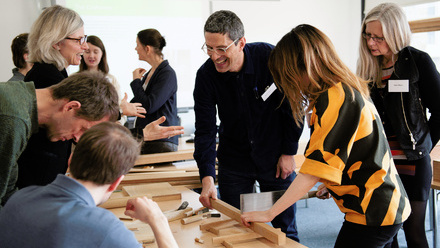London has always had the best, most fashionable and expensive of everything, and in the 18th, 19th and early 20th centuries interior design played a major part in the capital’s social and cultural life.Houses were conceived as stages and settings for grand entertaining and private life, as settings for works of art, and as vehicles for self-expression by their owners. Many of them accordingly had their homes photographed, especially by Bedford Lemere & Company, whose archive is now held by Historic England. Steven Brindle’s lecture, covering the years 1880-1914, is based on the first half of his book London - Lost Interiors (Atlantic Publishing, 2024). Steven presents a varied array of images of domestic interiors in London, most of which are ‘lost’ in one way or another. The photographs are what survives - and the interiors which were photographed represent a small fraction of what once existed. They testify to the fact that interior design is a major art form, but that it is a fragile and fugitive one. |



